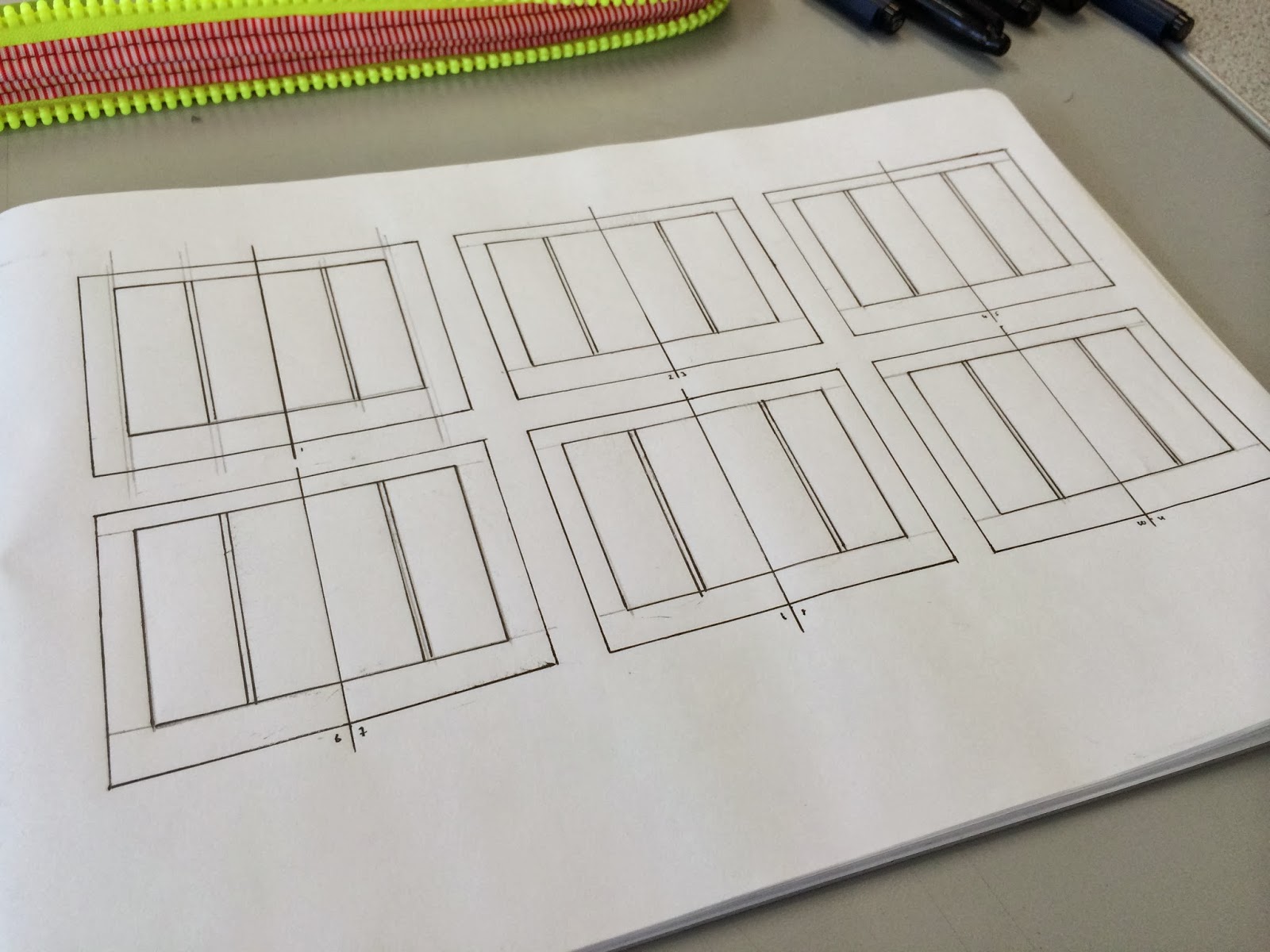For the crit, I presented what I have done, so far. So far, i've produced the full content for my book, complete with duo tone images and copy. I've also provided some nets for the packaging.
Above, is the inners for the publication, which I presented to the crit.
I also presented some nets and ideas for my packaging. The idea presented above is a leather stitched sleeve, which will be embossed with an Aston Martin Racing logo - which should appeal to the upper class audience, who will appreciate quality - The idea is not unlike the current range which Aston Martin provides on their own site, all high, quality, leather stitched products.
Feedback
Above is the critied publication, with written feedback on the pages. I will take these points into account when I next have a chance to modify my publication. The main issues I will have to address are that of formatting errors, the automatic tab placement in the document seems extremely exaggerated, so I will be attending to this, and manually adding a formatting tab, with less space.
Another issue which was pointed out was a large amount of white space throughout the publication, perhaps adding another duotone image in the background, with a reduced opacity to perhaps 20% would reduce the bare look to the publication.
Some suggestions such as font experimentation was brought up. Perhaps to try a san serif font on some of the headings rather than a roman font. Which I'll certainly give a go, and I'll organise a miniature crit to compare the two font choices. Something which was noted was to use a more constant layout, which would make sense, all the pages are based from the same grid system, to perhaps some tweaks to implement some consistency would work well.
Questions
- Does the British racing green duo tone images work in the publication; in terms of aesthetics?
- Does the binding method (hard back, saddle stitch) work to a higher class audience?
- What else could you put in your pack? A couple of (something, can't read it) pictures of Aston Martins?
- If you are going to emboss, it might be easier to buy a stamp online with your design on it, so that you could potentially stamp serval things
To address the second point - purchasing a stamp would be a good idea, however, I feel creating a copper plate would also work well to my advantage, I can reuse it where I need to, and I would in charge of the product. Working with online resources can be an easier way to work, however, In the past, I've had to purchase custom stamps, and they take forever to arrive.
- I like the use of the breakdown or text with an image. Although, I do like the use of the concept behind the duo tone images. I also like the tones in the images.
- Yes, hard back is a high class audience. I like the idea of leather? Could package it like you get a hand manual in a car.
I appreciate this feedback, I'm going to begin some primary research into how car hand manuals are packaged, so see if there is any unique ways I can implement this into my work.
- I quite like the idea of incorporating the colour in a different way - perhaps incline a think line along the bottom of the page in that colour instead?
- I definitely think the choice of binding works very well. Experiment with embossing perhaps to see how well it works before creating the final product.
I like the idea of adding a coloured stripe to the bottom of the page, or even at the bottom of the images. It might be something to add a deeper range of colour to the publication. I certainly will be experimenting with the embossing, as my craft skills do need some work, so It would be wise to see if I can achieve the look I'm after through tests before I create the final thing.


















































